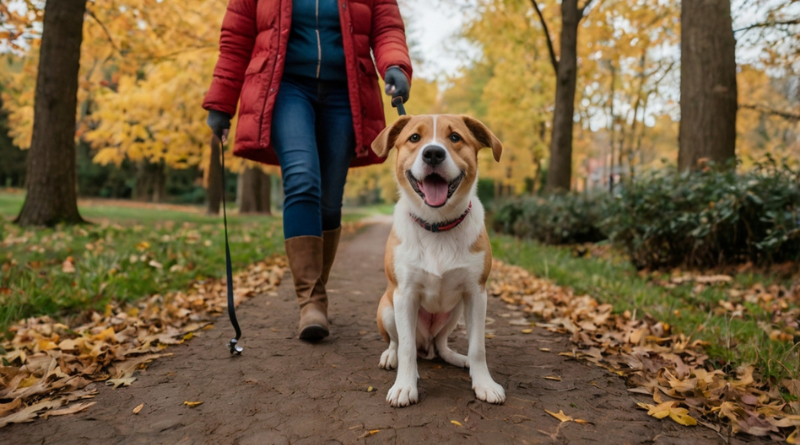Training your dog to stay calm during walks can be a delightful experience, but it can also be challenging if your dog gets overly excited or anxious. Teaching your dog to stay calm during walks is essential for both their safety and your enjoyment. Here are some effective strategies to help train your dog to remain calm and composed during walks.
Understanding Your Dog’s Behavior
Before you start training, it’s important to understand why your dog might get excited or anxious during walks. Common reasons include:
- Curiosity: Dogs are naturally curious creatures, and the sights, sounds, and smells during a walk can be overwhelming.
- Lack of Socialization: If your dog hasn’t been exposed to different environments and situations, they might become anxious or overexcited.
- Previous Negative Experiences: A past negative experience, such as encountering an aggressive dog, can make your dog anxious during walks.
Preparing for the Walk
Preparation is key to a successful and calm walk. Here are some tips to get started:
- Use the Right Equipment: Invest in a comfortable and well-fitted harness and leash. Avoid retractable leashes as they can give your dog too much freedom and make control difficult.
- Choose the Right Time: Walk your dog during quieter times of the day to avoid overwhelming situations. Early mornings or late evenings are usually less crowded.
- Keep Walks Short and Sweet: Initially, keep walks short to help your dog gradually get used to the experience.
Training Techniques
Training your dog to stay calm requires consistency and patience. Here are some techniques to try:
- Positive Reinforcement: Reward your dog with treats, praise, or a favorite toy when they remain calm. Positive reinforcement helps your dog associate calm behavior with positive outcomes.
- Desensitization: Gradually expose your dog to different stimuli in a controlled manner. Start with less stimulating environments and gradually increase the complexity.
- Redirecting Attention: Teach your dog to focus on you rather than the distractions. Use commands like “look” or “watch me” to get their attention.
- Teaching Basic Commands: Commands like “sit,” “stay,” and “heel” can help you maintain control during walks. Practice these commands regularly in a distraction-free environment before using them during walks.
Managing Excitement and Anxiety
If your dog gets excited or anxious during walks, here are some strategies to manage their behavior:
- Stay Calm: Your dog can sense your emotions. Stay calm and composed to help your dog feel more secure.
- Stop and Wait: If your dog starts pulling or getting overly excited, stop walking and wait until they calm down. This teaches your dog that pulling or acting out won’t get them anywhere.
- Use Calming Aids: Consider using calming aids like anxiety vests or calming sprays to help your dog relax.
Regular Exercise and Mental Stimulation
Ensuring your dog gets regular exercise and mental stimulation can help reduce excessive excitement during walks:
- Daily Playtime: Engage your dog in daily play sessions to burn off excess energy.
- Interactive Toys: Provide toys that challenge your dog’s mind and keep them occupied.
- Training Sessions: Incorporate regular training sessions to reinforce good behavior and provide mental stimulation.
Patience and Consistency in Training Your Dog to Stay Calm During Walks
Training a dog to stay calm during walks is not an overnight process. It requires patience and consistency. Set realistic goals and celebrate small victories along the way. Consistent practice and reinforcement of positive behavior will lead to long-term success. Remember, every dog learns at their own pace, so be patient and understanding of their individual needs.
Conclusion
Training your dog to stay calm during walks requires patience, consistency, and understanding. By using positive reinforcement, proper preparation, and effective training techniques, you can help your dog enjoy calm and enjoyable walks. Remember, every dog is different, so be patient and adjust your approach based on your dog’s needs and progress.
Sources:

